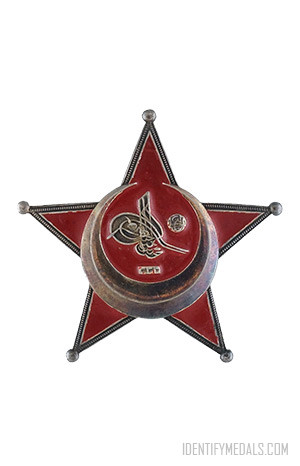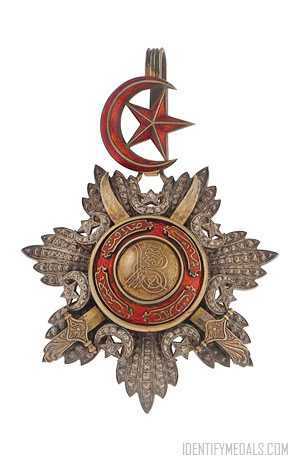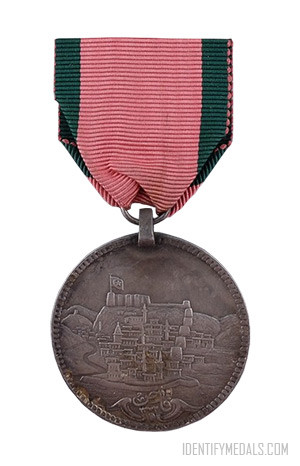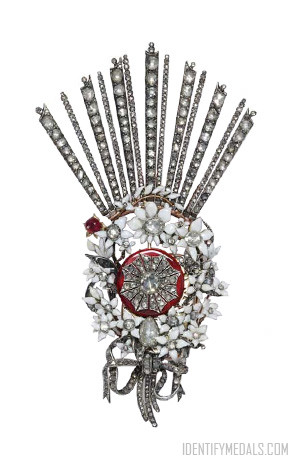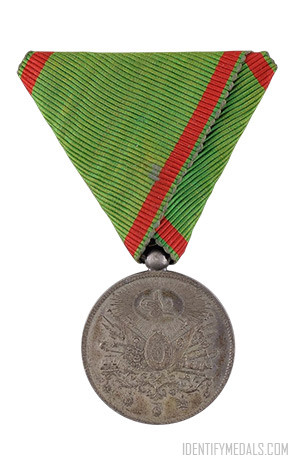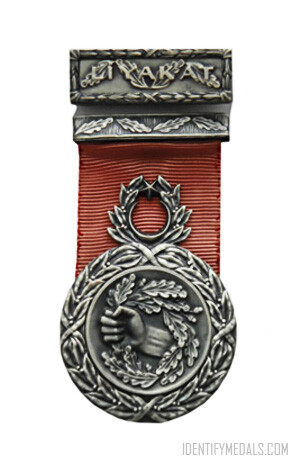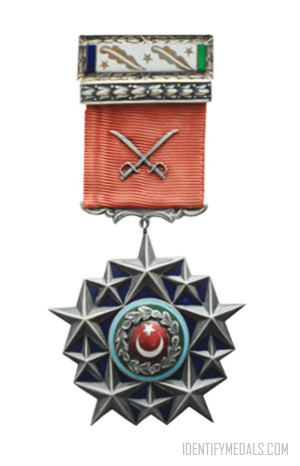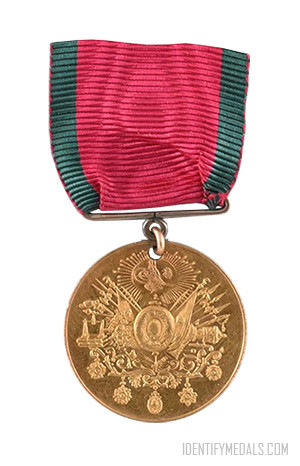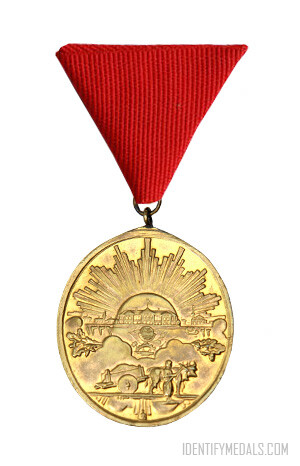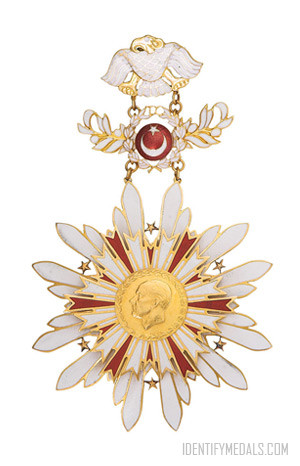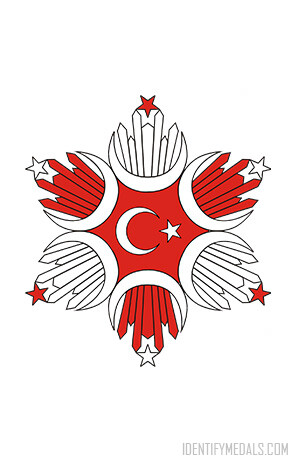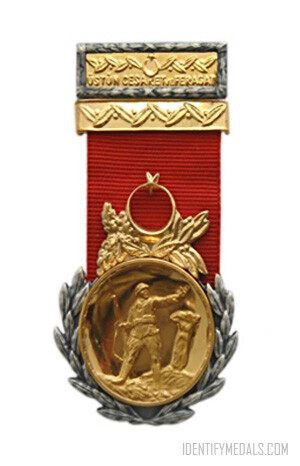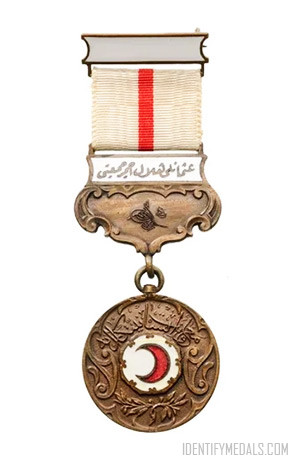The Gallipolli Star or Ottoman War Medal (Harp Madalyası in Turkish) is a military decoration awarded by the Ottoman Empire and instituted by Sultan Mehmed V on 1 March 1915 for gallantry in battle. This was the “entry level” gallantry award of the Turkish military in World War I, ranking below the silver Liyakat Medal.
The decoration was awarded to Ottoman and other Central Powers troops, primarily in Ottoman areas of engagement. It wasn’t a campaign medal, but a medal for military merit.
The decoration is the only Ottoman one which not awarded by authority of the Sultan, but rather was authorized by Enver Pasha, the Commander-in-Chief of the Ottoman military.
The Gallipoli Star Design
The Gallipoli Star is made of nickel-plated brass and measures 56 mm across the diagonal span of the arms. The tips of the star are capped by ball finials and enclosed in a raised silver edge with the field in red lacquer or enamel. A raised crescent, open at the top, encircles the center of the badge.
Inside the crescent on the obverse is the tughra or cipher of the decoration’s creator, Sultan Mehmed V Reşâd, over the date 1333 AH (AD 1915). The reverse is flat, unadorned and has a straight pin.
The original issue pieces of this award came in two varieties: silvered brass with red enamel and white metal with thin red lacquer. Those medals issued to officers were enameled and manufactured by a company that used the mark “BB&Co.“, a maker reputedly located in Berlin.
The award includes a badge, ribbon and campaign bar.

